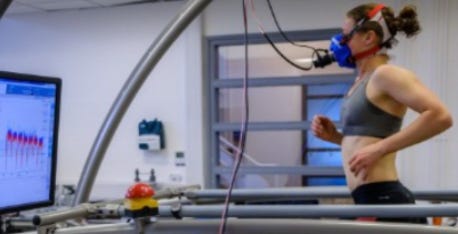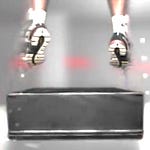In this Audio Overview, I open the archives to my PhD dissertation on young distance runners which was completed 25 years ago in June 2000 - and the final paper published in the Journal of Applied Physiology.
The aim of this paper was to examine the age- and sex-associated variation in peak oxygen consumption (V̇O2) of 9-18 yr old competitive distance runners. Besides examining the trends using traditional expression of peak V̇O2 (ml/kg/min), we also used allometric scaling. This approach seeks to appropriately partition the potentially confounding effect of variation in body size when studying growth-related changes in physiological capacity.
Here are a few key take-aways:
Absolute peak V̇O2 (L/min) increases with age in young distance runners of both sexes.
The interpretation of growth-related changes in peak V̇O2 depends significantly on how it is scaled to body size. The traditional approach known as the simple ratio standard (ml/kg/min) suggests stability with age, while scaling to kg^0.75 or adjusting for body mass suggests an increase in in peak V̇O2 with age, particularly in boys.
Sex differences in peak V̇O2 are present and diverge progressively during adolescence.
Allometric scaling, particularly the ontogenetic approach, reveals considerable individual variability in the relationship between peak V̇O2 and body mass growth.
The study highlights the need for careful consideration of scaling methods and acknowledging individual variability and the influence of maturity status when studying physiological changes during growth. The debate regarding the optimal method for normalizing peak V̇O2 for body size in children and adolescents persists….. even 25-years later!












Share this post